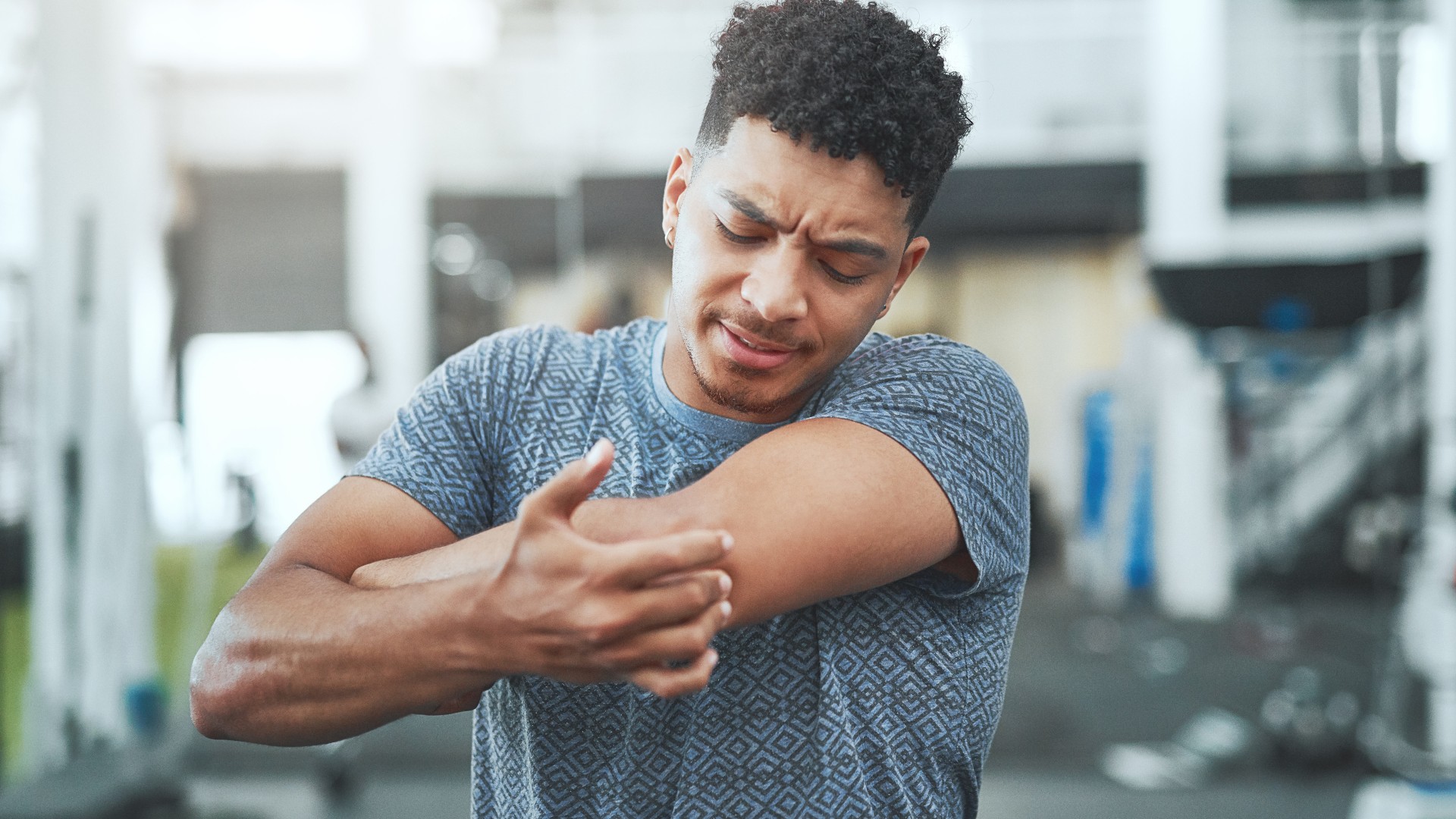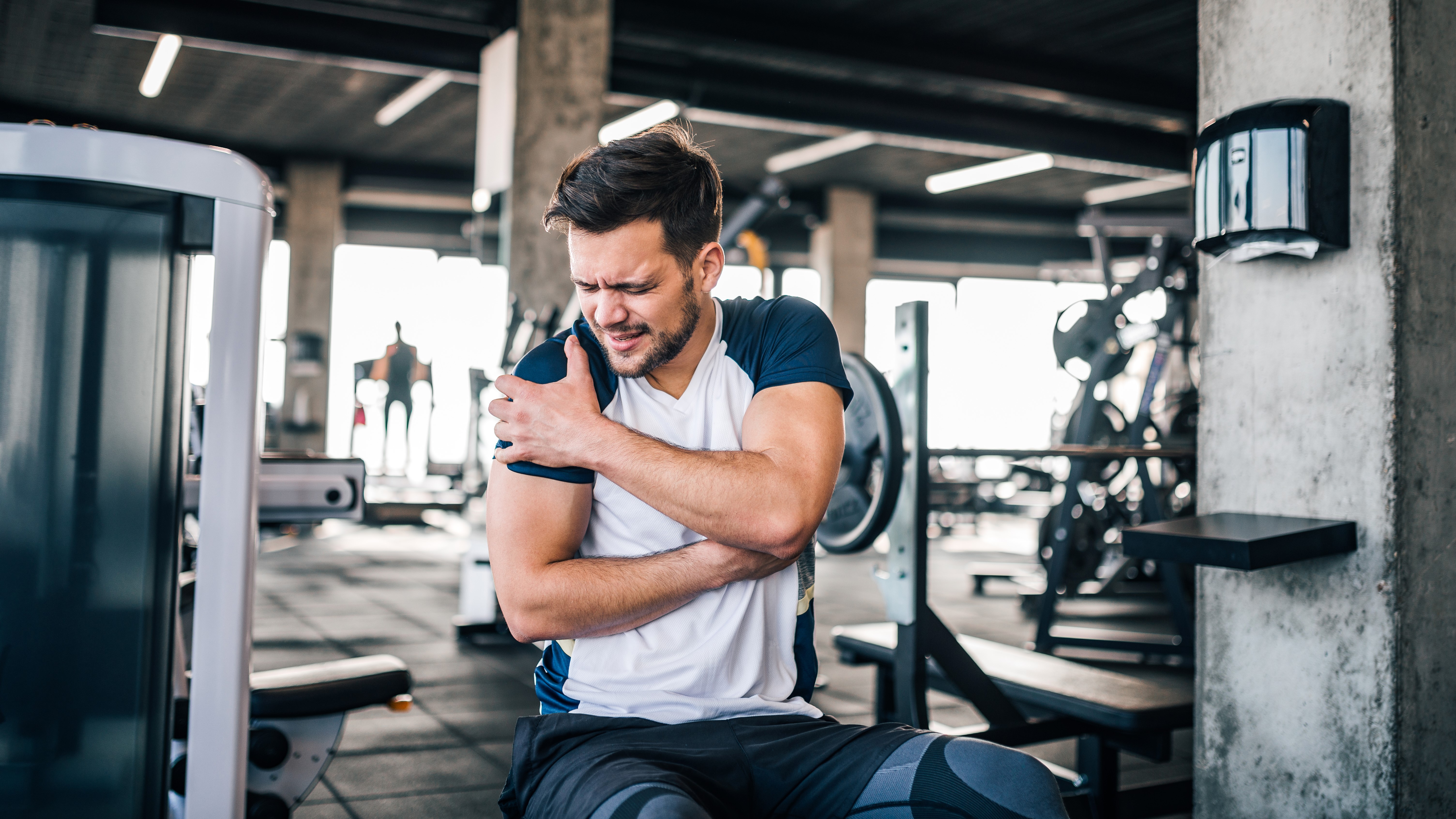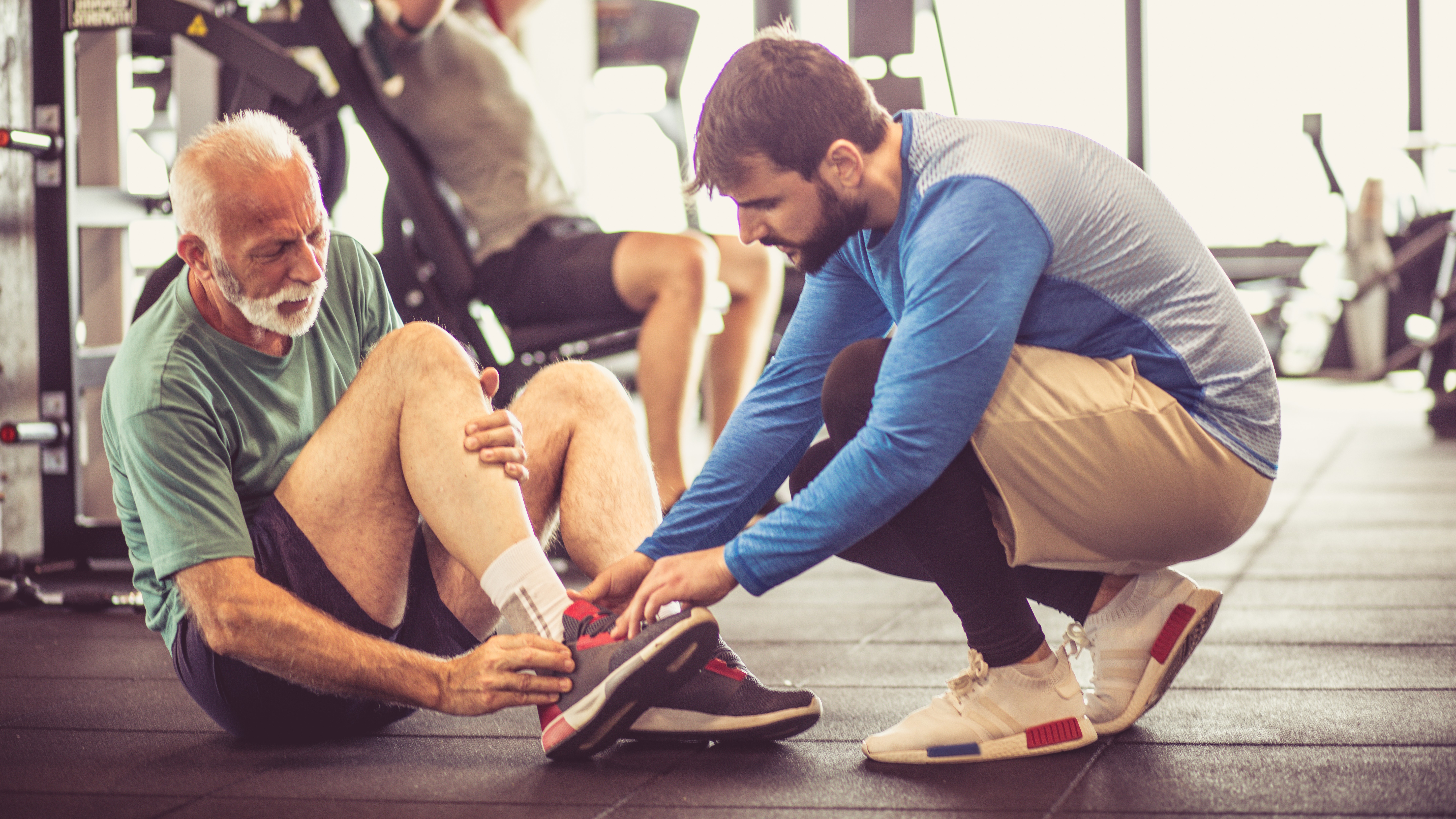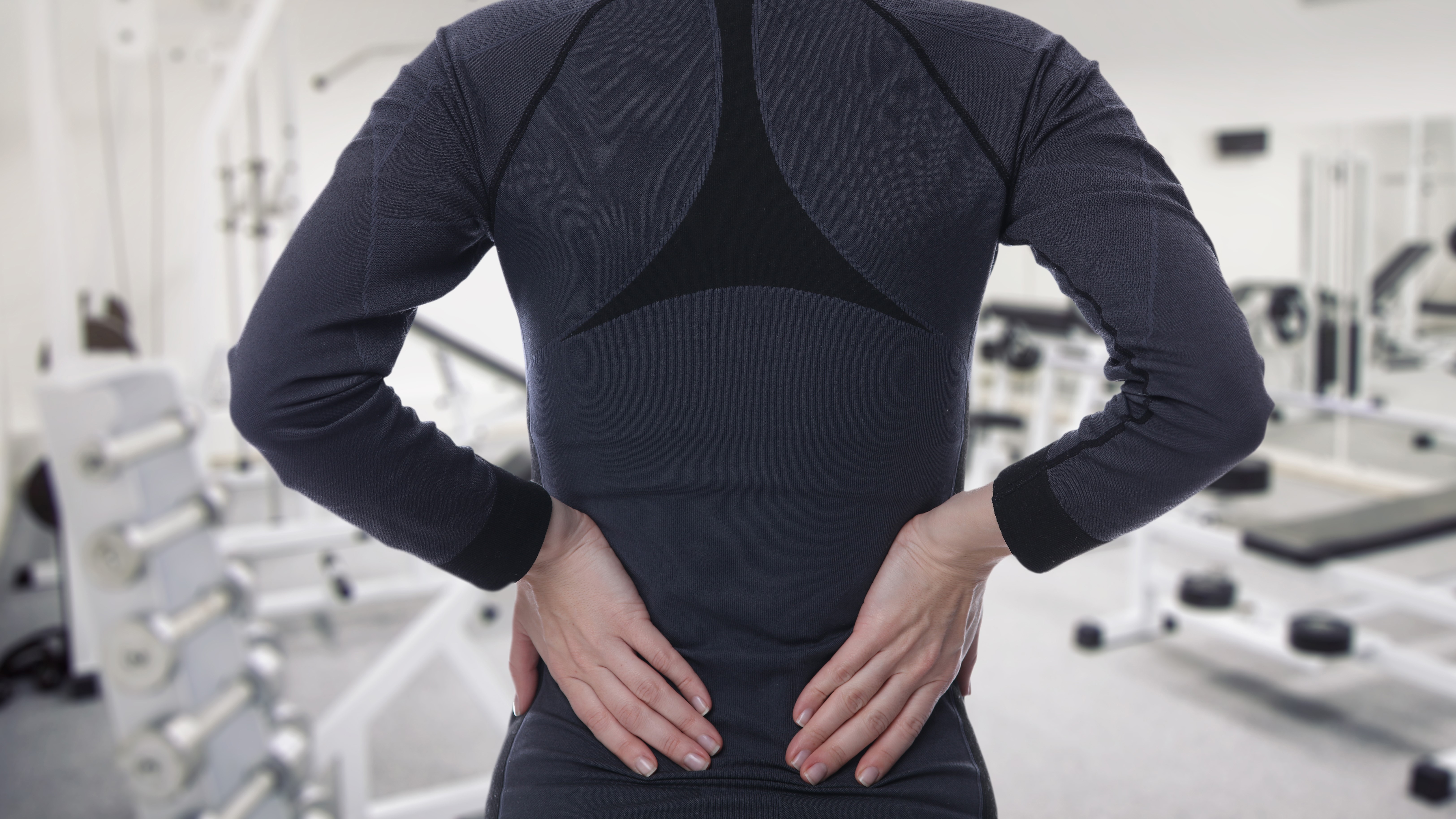
Whether you’re a runner, CrossFit fanatic, or a cyclist (or anything in between) being injured sucks. You can be following a fitness plan to the letter, foam rolling like a pro, and eating well, only to find yourself off for a few weeks after a freak accident in the gym.
If you’re nodding along, don't sink into despair: now might be a good time to read up on the most common parts of the body that get injured in the gym, and more importantly, how to avoid getting injured when you’re training in the gym.
The Compensation Experts published a new report revealing the most common injuries, plus senior private physiotherapist at Vita Health Group Ann Kuan shares her top tips on how to avoid them.

4 most common gym injuries and how to avoid them
1. Knee injuries
Perhaps unsurprisingly, the most common part of the body to injure in the gym is your knee joint, with 17.3% of all injuries in the gym happening to the knee. If it’s discomfort around the top of the kneecap, the chances are you’ve got a case of runner’s knee, which is a common overuse injury, especially if you haven’t been strength training. Pair this with the fact that 25% of gym injuries happen while using a treadmill, and it’s easy to see why so many runners are forced to take time out with this annoying condition.
One way to avoid conditions like runners knee is to make sure you don’t do too much too soon. Kuan recommends gym-goers progress at a steady pace as they return to the gym. "If you’re trying to increase the amount of exercise you do, whether to lose weight or build muscle, be sure to only raise the frequency and intensity at a steady pace that your body can handle," she says. "The key here is to gradually improve your volume over time, and don’t be afraid to drop back down."

2. Shoulder inuries
The next most common trouble spot, 11.5% of people who get injured in the gym damage their shoulders. Your rotator cuff, which is a group of four muscles that support and stabilize your shoulder joint, can be put under strain when you lift weights above your head. In the study, which looked at 1000 gym users who’d been injured, 25.4% of them were forced to take time out due to an accident in the weights room.
To avoid getting injured when lifting weights, make sure you’re not skipping the warm-up before you head to the weights room. "Before starting any type of exercise, it’s important to warm up with dynamic stretches," says Kuan. "These are active movements that puts your body through a range of motions, and accomplishes flexibility of the muscle groups you’ll be using. Benefits include far fewer injuries, as well as achieving greater power and a more efficient workout."
Get instant access to breaking news, the hottest reviews, great deals and helpful tips.

3. Ankle injuries
The study showed that 9.3% of gym injuries happen around the ankle area. Twisting or straining an ankle doesn’t just happen on a run or on the football field; it can happen while practicing single-leg exercises in the gym. If the joint is put under too much pressure and collapses inwards, it’s easy to cause damage to the outer side of the ankle.
To help prevent ankle injuries, it’s a good idea to strengthen the muscles in your lower legs and feet and to progress slowly when doing single-leg exercises. For example, start doing bodyweight single-leg deadlifts, before you add any weight to the movement.

4. Lower torso injuries
6.3% of injuries in the gym happen in the lower torso region, which includes the lower back. While squats and deadlifts with improper form are big causes of lower back pain in gym-goers, the exercise bike in the gym is also a frequent source of exercise-induced back pain. In fact, the study found that 17.1% of all injuries in the gym were caused on the exercise bike.
If you are working out on the exercise bike, one of the main reasons your lower back might hurt when you get off is because you’ve raised your seat too high. Your saddle height should be parallel to your hip when you stand next to the bike, so be sure to spend a few minutes setting up the bike before you jump on.
How to prevent injuries in the gym
As well as warming up and not progressing too quickly, there are a few more things we can do to bubble-wrap our bodies when we head into the gym.
Know when to seek medical attention.
While you don’t want to wrack up expensive physiotherapist bills for a twinged muscle, if your gym injury is affecting your ability to go about your day-to-day life, it’s probably time to seek some expert help. That said, if your pain is mild, there are some things you can do to help. "If the pain is mild, consider trying a lower intensity workout for a while," says Kuan. "Additionally, consider also using ice, heat, or relief balms to get the pain under control."
Recovery outside of the gym
Think about how you’re looking after your body when you’re not in the gym. No matter how strong you are, if you spend your day working from the kitchen table, sofa, or even your bed, the chances are you’re going to have back pain. The best way to keep your spine healthy is to avoid sitting down for long periods and take multiple breaks from your desk during the day. Need more inspiration? We’ve found the best exercises to do if you sit down all day here.
Self care
Finally, look at your self-care regime when you are injured. "If you’re suffering from a little discomfort, worry and stress can exacerbate the pain," Kuan explains. So rather than spending hours on Google looking for a solution, why not practice self-care habits like mindfulness and meditation to reduce anxiety and help keep your pain under control.
More from Tom's Guide
- The best foam roller exercises to add to your recovery routine
- I tried the viral TikTok 12-3-30 treadmill workout — does it work?

Jane McGuire is Tom's Guide's Fitness editor, which means she looks after everything fitness related - from running gear to yoga mats. An avid runner, Jane has tested and reviewed fitness products for the past five years, so knows what to look for when finding a good running watch or a pair of shorts with pockets big enough for your smartphone. When she's not pounding the pavements, you'll find Jane striding round the Surrey Hills, taking far too many photos of her puppy.
- Sam HopesFitness Editor and Coach
